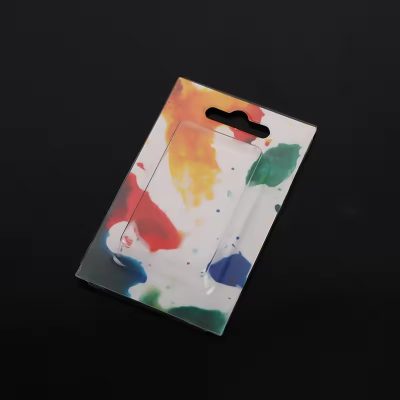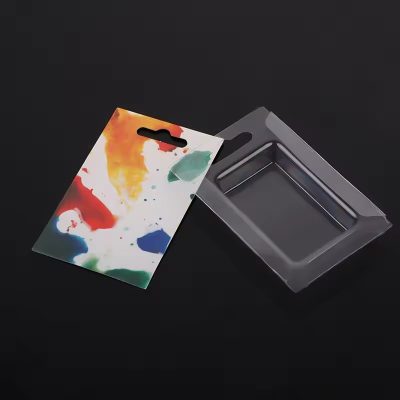Slide blister packaging represents a pinnacle of modern packaging solutions, combining robust product security with consumer-friendly access. This article delves into the intricacies of slide blister packaging, exploring its structure, benefits, design considerations, and wide-ranging applications across various sectors.
What is Slide Blister Packaging?
Slide blister packaging is a specialized packaging method where a product is encased within a clear plastic blister that fits into a sliding cardboard sleeve. This innovative design ensures the product is securely protected while allowing consumers to easily access it, creating an optimal balance between functionality and presentation.
Core Components and Design Features
Slide blister packaging comprises two essential components:
Plastic Blister: The clear plastic blister holds the product firmly in place, providing visibility and protection against dust, moisture, and physical damage.
Sliding Cardboard Sleeve: This sleeve covers the blister and can be slid open to reveal the product. It is typically printed with vibrant graphics, branding, and product information, enhancing the visual appeal and providing crucial details to consumers.
Advantages of Slide Blister Packaging
Slide blister packaging offers several key benefits:
Enhanced Product Security: The sliding sleeve adds an extra layer of protection, making it difficult for unauthorized access and ensuring the product remains intact until it reaches the consumer.
Ease of Consumer Access: The sliding mechanism is designed for smooth operation, allowing consumers to easily open and close the packaging without damaging it, thereby maintaining its integrity for storage or future use.
Brand Visibility and Promotion: The cardboard sleeve provides ample space for high-quality printing, enabling manufacturers to prominently display their brand, logo, and product features, thereby enhancing visibility and recognition.
Product Protection: The plastic blister offers excellent protection against physical damage and environmental contaminants, ensuring the product remains in pristine condition throughout its lifecycle.
Design Considerations
Effective slide blister packaging design involves several considerations:
Material Selection: Choosing durable, high-quality materials for both the blister and the sleeve to ensure long-lasting protection and sustainability.
Graphic Design: Utilizing high-resolution printing and appealing graphics to attract consumer attention and effectively communicate product information.
Slide Mechanism Efficiency: Ensuring the sliding mechanism operates smoothly and reliably, providing a user-friendly experience while maintaining security.
Applications Across Industries
Slide blister packaging is utilized across a broad range of industries due to its versatility and effectiveness:
Electronics: Commonly used for packaging small electronic devices and accessories such as headphones, chargers, and USB drives, providing both security and visibility.
Toys and Games: Ideal for packaging small toys and games, offering a secure and engaging packaging solution that appeals to both children and parents.
Hardware and Tools: Suitable for packaging small hardware items and tools, ensuring they are protected and easily accessible in retail settings.
Cosmetics and Personal Care: Used for packaging items like razors, makeup, and skincare products, providing a secure, attractive, and user-friendly packaging solution.
Conclusion
Slide blister packaging exemplifies the fusion of security and consumer convenience, making it a preferred choice for a variety of products. Its innovative design not only protects and showcases the product but also enhances the overall consumer experience. As industries continue to evolve and consumer expectations rise, slide blister packaging remains a versatile and reliable solution, adeptly meeting the diverse needs of both manufacturers and consumers.







